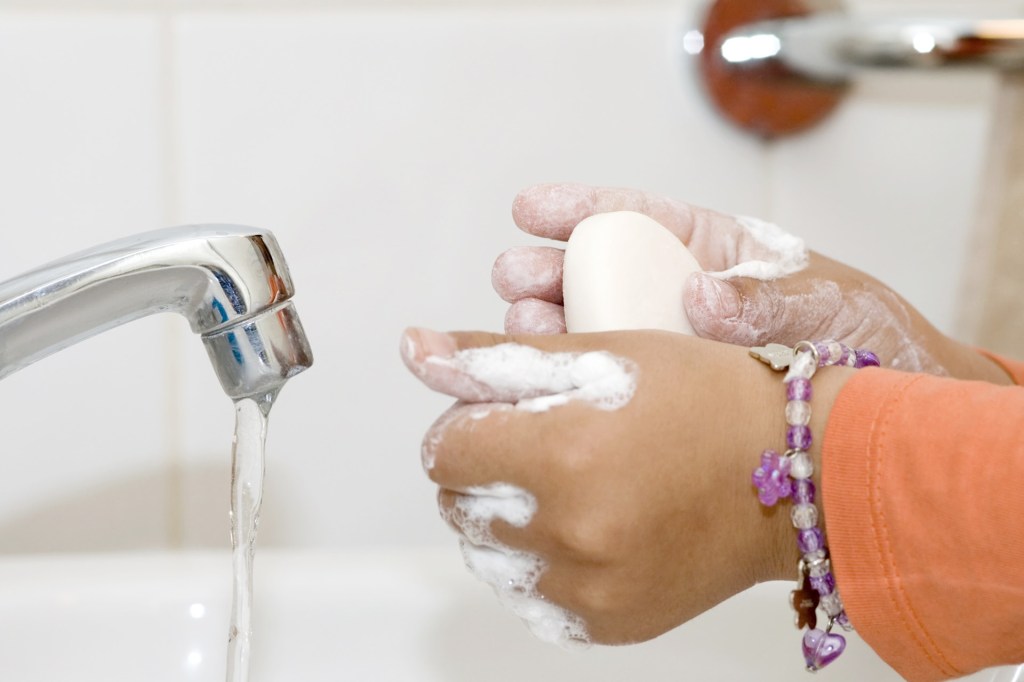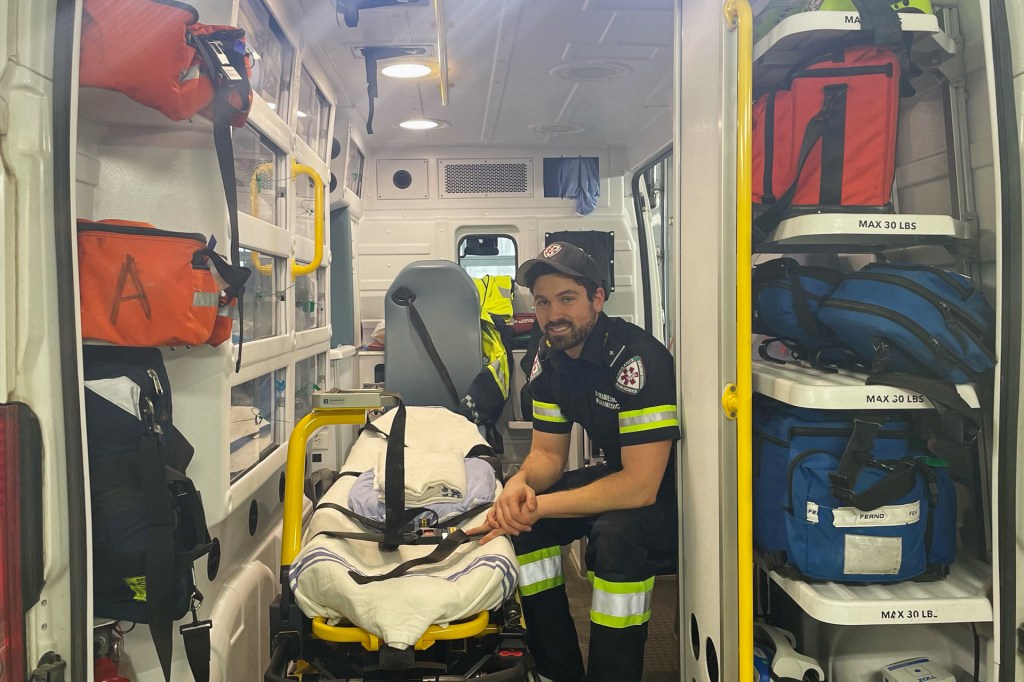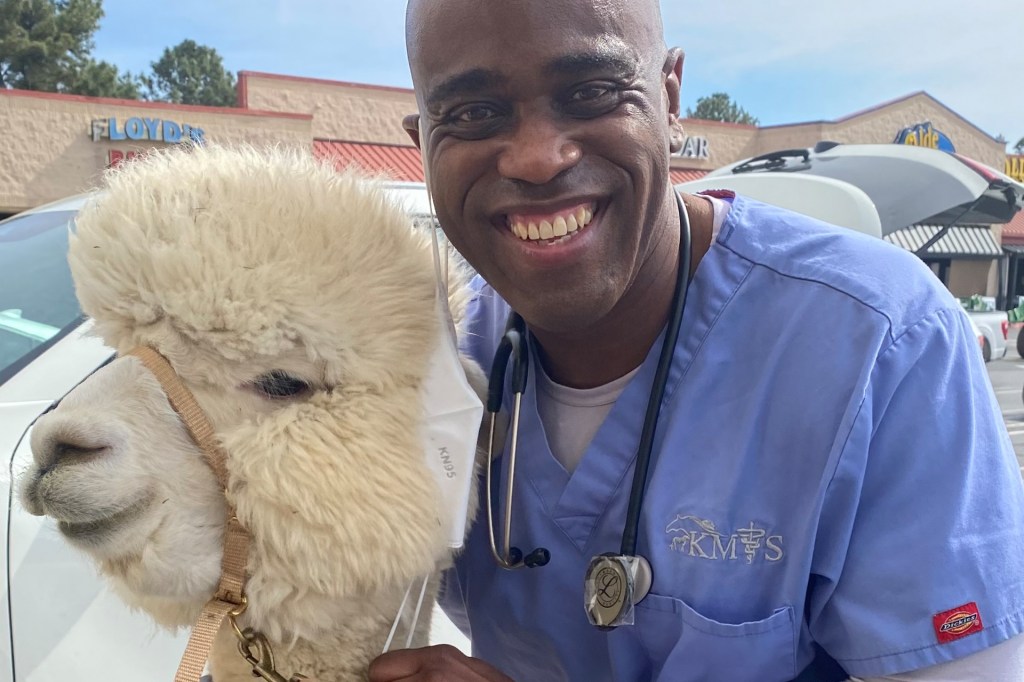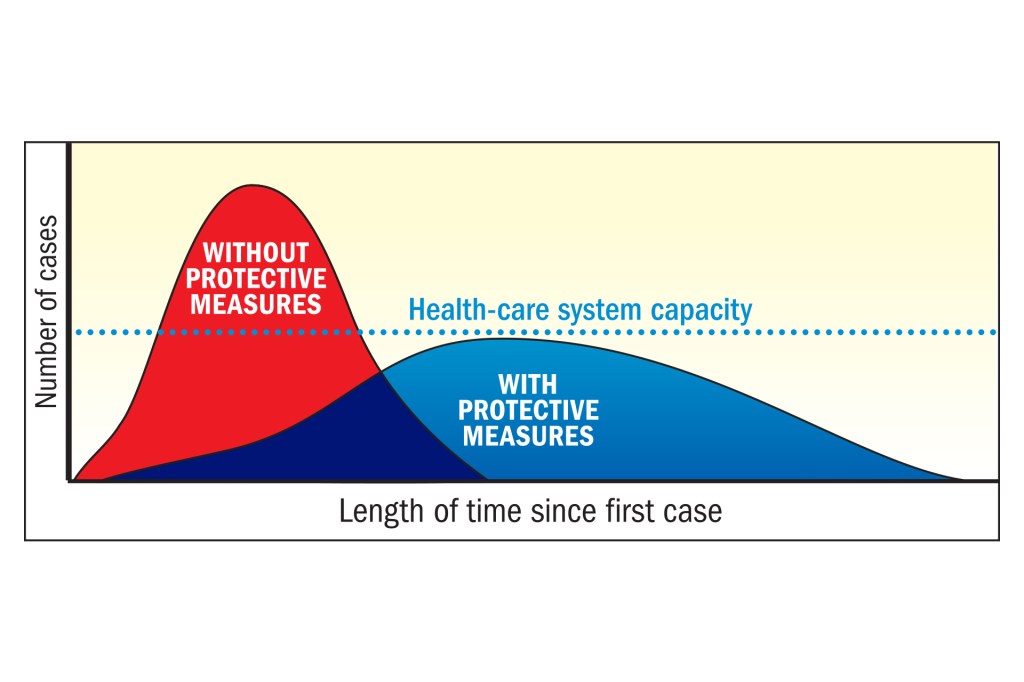
The coronavirus continues to spread throughout the world. Experts say keeping your distance from other people during the pandemic
pandemic
 SAM EDWARDS—GETTY IMAGES
an outbreak of disease that spreads very quickly and affects a large number of people throughout the world
(noun)
Doctors around the world teamed up to stop the pandemic and keep people healthy.
could slow down the virus and save lives.
SAM EDWARDS—GETTY IMAGES
an outbreak of disease that spreads very quickly and affects a large number of people throughout the world
(noun)
Doctors around the world teamed up to stop the pandemic and keep people healthy.
could slow down the virus and save lives.
A simple chart, shown above, tells us how. It shows two scenarios
scenario
 MONKEYBUSINESSIMAGES/Getty Images
a possible situation
(noun)
The most likely scenario is that Kerry transfers to a new school in the fall.
. One is what could happen if nothing were done to stop the spread of the virus and the disease it causes, COVID-19. Many cases of the disease would appear quickly. The other is what could happen if everyone did their part to help others, including following social-distancing guidelines.
MONKEYBUSINESSIMAGES/Getty Images
a possible situation
(noun)
The most likely scenario is that Kerry transfers to a new school in the fall.
. One is what could happen if nothing were done to stop the spread of the virus and the disease it causes, COVID-19. Many cases of the disease would appear quickly. The other is what could happen if everyone did their part to help others, including following social-distancing guidelines.
“There’s an opportunity here to take power over this virus,” Drew Harris told TIME for Kids. Harris is a population health researcher at Thomas Jefferson University, in Philadelphia, Pennsylvania. He based the chart on one by the U.S. Centers for Disease Control and Prevention. The original showed how an outbreak could be controlled. Harris added the dotted line. It represents how many people the health-care system can care for at a time.
Taking Control
When health experts like Harris talk about slowing the coronavirus, they speak about “flattening the curve.” The chart includes two curves. The red one with a steep peak represents a surge
surge
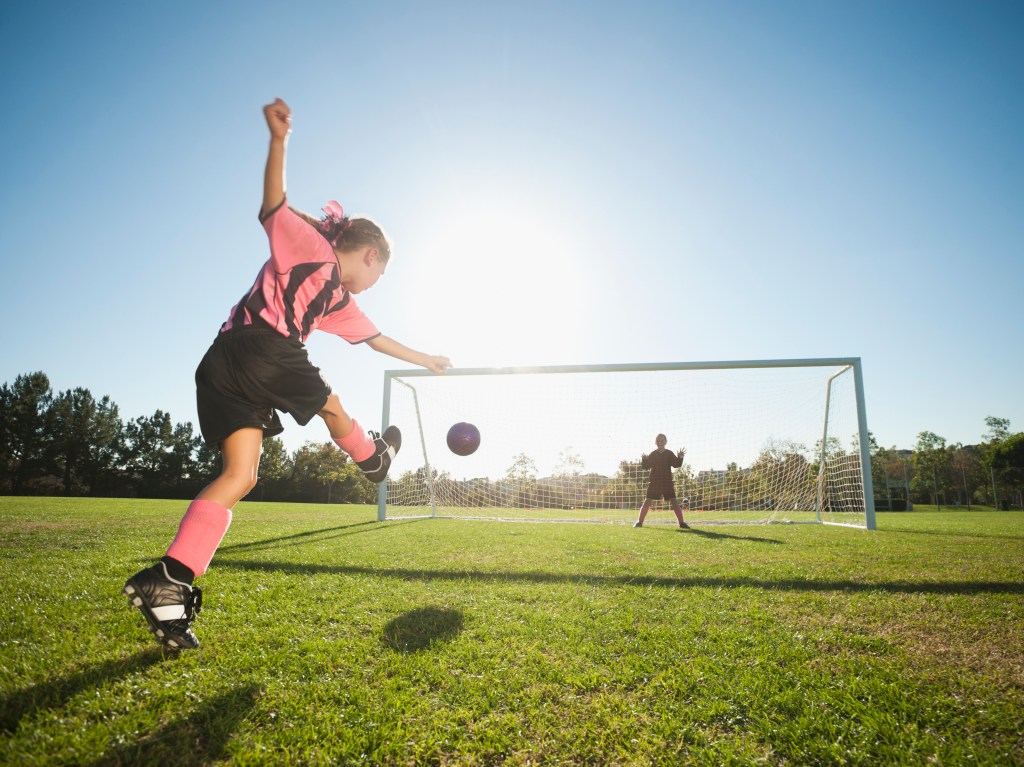 BLEND IMAGES—ERIK ISAKSON/GETTY IMAGES
an increase
(noun)
At my school, soccer has seen a surge in popularity.
of COVID-19 cases all at once. Such an increase happens if no protective measures are taken. The blue curve has a flatter slope. This represents a slower rate of infection over a longer period.
BLEND IMAGES—ERIK ISAKSON/GETTY IMAGES
an increase
(noun)
At my school, soccer has seen a surge in popularity.
of COVID-19 cases all at once. Such an increase happens if no protective measures are taken. The blue curve has a flatter slope. This represents a slower rate of infection over a longer period.
And that’s the goal: to spread out infections over time and flatten the curve. This gives hospitals time to care for patients before more people get sick. It ensures that there are beds and medical equipment for people who need them.
Harris offers a comparison: Imagine everyone in your family got the flu on the same day. You couldn’t properly take care of one another because everyone is sick. “Wouldn’t it be better if everyone took turns getting the flu so there is always somebody healthy to care for others?” he says. “That’s what we want to do in our society.”
To slow the spread of COVID-19, health officials have advised some schools and businesses to close. Many events that attract large crowds have been canceled. This may make people feel disconnected. But the chart suggests that when we practice social distancing to stop the virus, we are not really alone. “We are connected in many more ways than just being near each other physically,” Harris says. “All of us, young and old, have a responsibility to take care of each other.”





